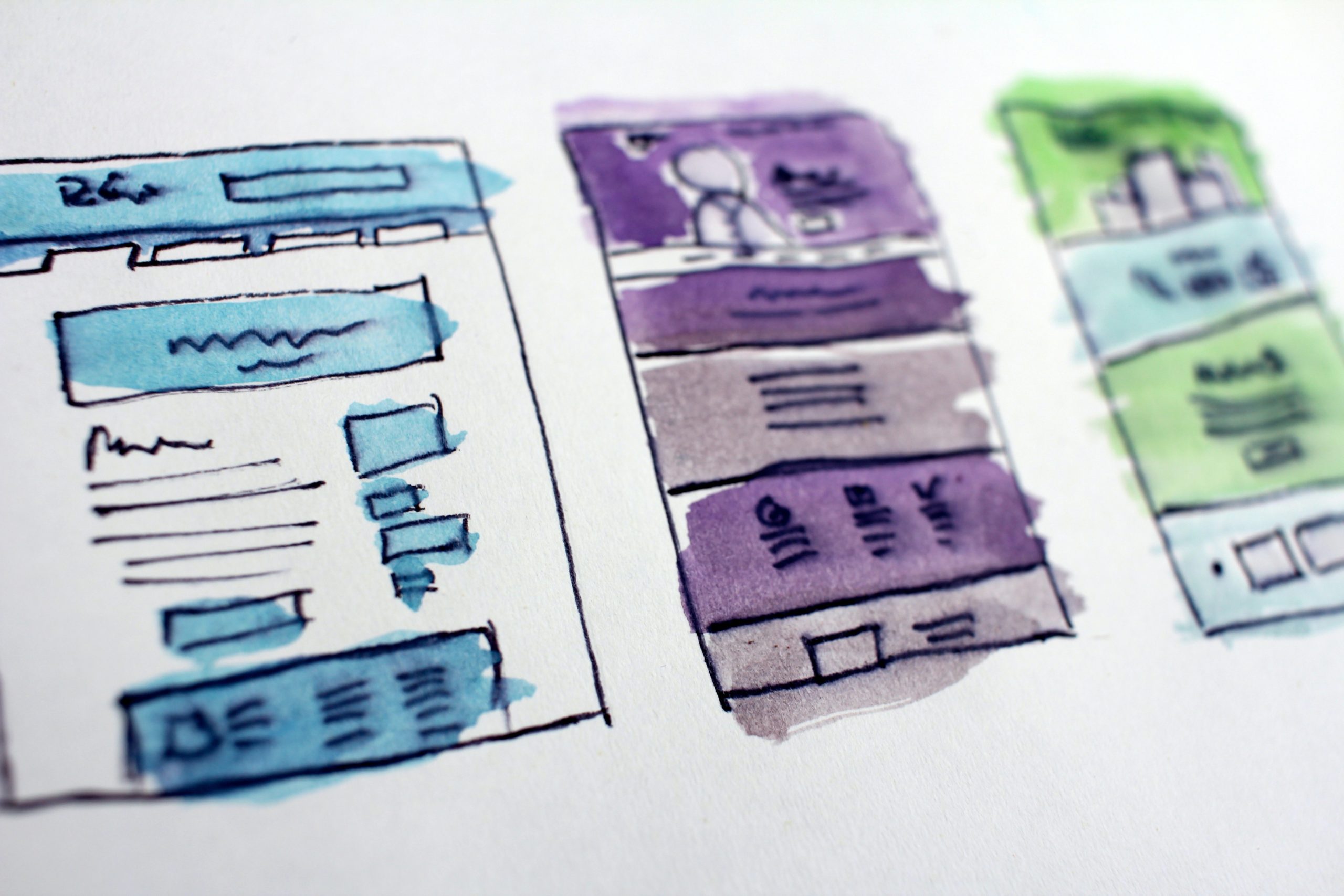Do you need a website or landing page for your business? The short answer is that you need both. But they play different roles, and they look different.
Assume you’re applying for your dream job. You want the hiring manager to have all of the information they can about who you are as a professional and what you’ve done. That’s website-level depth and breadth.
Now, assume you aren’t applying for that dream job yet, but the company’s CEO and VP are at a networking event you’re attending. You walk over and introduce yourself. You chat for a minute. You’re thrilled because you know you can use the short conversation later when a job becomes available. You have a way to remind them who you are. You can even email them tomorrow and reintroduce yourself, establishing more contact. You’re hoping they remember you when it matters. That’s the simplicity of the landing page.
It’s a deep dive (website) versus a first impression (landing page). You’re more likely to get that dream job if you have both.
Still don’t get it? It’s ok. We’ll unpack the website vs. landing page concept more in this post.
What is a Website?
A website is a collection of web pages with related content, grouped by a common domain name. In your case, content about your business.
Traits of websites:
- Multiple Pages. A website generally is five pages or more.
- Information Rich. It includes all of the information someone needs to know about a single topic. Your business website explains what the business is, what it does, and how to become a customer.
- Connected. Pages on a website connect through navigation menus.
- Functional. A website provides functions or services like online ordering or customer service.
What is a Landing Page?
A landing page is a marketing web page that stands alone for a single, focused purpose—with one CTA. Landing pages connect to your primary website, but their purpose is conversion — to drive sales or capture leads.
Traits of a landing page:
- Stand Alone. A landing page is a single page connected to your site but not tied to the organization’s overall mission. It typically does not have navigation to other parts of the site. Visitors to your landing page may not have visited your homepage. They may come from ads, email campaigns, social media posts, or a backlink from another site. So you have to help them understand briefly what your business does.
- Focused Information. A landing page usually describes an individual offer, product, or service. It doesn’t tell everything about your organization. It’s just there to get people to do a specific thing.
- Encourage Action. The purpose of your landing page is for visitors to take action, like requesting a free quote, registering for a webinar, or downloading an ebook. That means you need a strong call-to-action, or CTA, that encourages them to do the thing.
- Fleeting. Your landing page is temporary. You’ll remove it once it accomplishes its goal or the offer ends. You’ll also do A/B testing consistently to improve your metrics and conversion.
Website or Landing Page: When to Use a Website
Now that you understand the difference between a website and a landing page, and you know you need both, the question becomes when to use which. How do you know when you should use a website and when to use a landing page? No worries! We’ve got some help below, starting with websites.
Introducing Your Brand
A website allows you to explain what your business is all about—practically and conceptually. It also helps you capture SEO value to continue getting leads to your website. You can pretend you are your ideal customer and think, “What would I want to know about this organization before doing business with it?” Then you can add content, including photos, graphics, and videos, to answer that question.
Your website will include information about your brand, what it sells, where it is, and how to become a customer. And you can organize all of this information in a way that makes the most sense to potential customers.
Your website also provides an opportunity for you to establish what your brand stands for. You can showcase things like your company’s mission and values. You can even highlight your company’s culture. Today’s consumers like to do business with brands that they perceive as aligning with their values
Showcasing Your Products
Your website allows you to showcase all of your products or services to give people more information before purchasing. This product information includes what they do, photos of what they look like, how much they cost, and how to buy them. Online shoppers are savvy. Your website’s goal is to provide them enough information that they feel comfortable shopping with you instead of on another site that provides the same types of products or services.
Providing an Engagement Opportunity
Your website also allows visitors to engage with your brand. This engagement may include purchasing a product, asking for additional information, scheduling an appointment or trial, or discussing commonalities or concerns with an online community group.
Being an Option
Here’s the hard truth about having a website. If you don’t have one, your company’s products and services aren’t even an option for many people. People can’t choose a business they’re unaware of. But with a website, search engine optimization helps people find your business online. Just having a web presence opens up customer opportunities that you wouldn’t have otherwise. It also gives your brand more credibility. Have you ever searched for a brand online and discovered they don’t have a website? It sends up a ton of red flags.
Website or Landing Page: When to Use a Landing Page
While a website isn’t an option for any business anymore, landing pages may seem a little bit more optional. But we’ve already explained that you need both. A landing page’s purpose is to capture information about visitors in exchange for something of value. Below are some common reasons to add landing pages to your marketing mix.
Earning Online Attention
Google judges pay-per-click (PPC) advertising in part based on its relevance to a linked page. That means you need a landing page for your PPC ad to get a lot more attention in search. You could use this landing page/ad combo to announce a new product, offer a special discount, or promote an event. No matter what creative use you come up with, you’ll get more bang for your buck.
Offering Lead Magnets
A lead magnet is a free item given away in exchange for website visitors’ contact information. Lead magnets are probably the most popular way to grow your email list. Lead magnets include webinars, ebooks, coupons, access to exclusive online content, or white papers. By collecting these emails through a form, you gain permission to contact those visitors later with other deals or offers. Marketers who use segmented email campaigns see a 760% increase in revenue.
Focusing Visitors on an Offer
Click-through landing pages focus on a single call-to-action (CTA) through a button. A CTA is a word or phrase that asks someone to take the desired action. For instance, Read this Post, Buy Now, or Subscribe are all CTAs.
Your CTA can also ask your audience to register for your email list, link to a service on your main website, or encourage a product purchase. No matter what the CTA encourages your readers to do, it should be apparent that you’re offering a solution to their problem. Your CTA helps your content convert.
When the visitor clicks the button on a CTA landing page, they’re redirected to a page to complete the desired action. This single focus makes CTA landing page conversions high.
Attracting Different Customers
You can create custom landing pages to appeal to certain types of customers. You can use landing pages to focus on potential customers in a certain location, of a particular demographic, or those who shop by price. Regardless of the focus, a landing page helps you create a branded message specifically for them that stands outside of your website.
Website or Landing Page? We Can Help!
Whether you want a website, a landing page, or both, Charm School can help. Contact us to set up a time to talk. We can help you build or redesign your website and create a marketing strategy that includes the landing pages that will most benefit your business.











